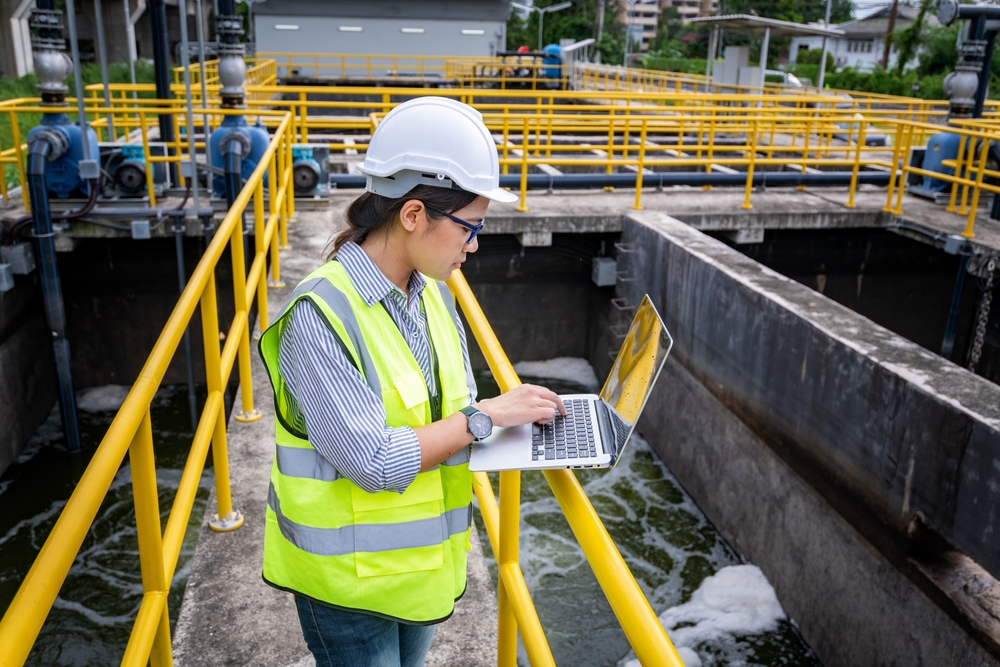In April 2023, a coalition of 13 environmental groups filed a lawsuit against the EPA, alleging the Agency has violated the Clean Water Act (CWA) by failing to make mandatory updates to wastewater pollution regulations for seven industry sectors. The suit asks the court to direct the EPA to review its decision to not revise the wastewater pollution standards for the seven source categories in question.
It argues the EPA is required to:
- Revise the effluent limitations.
- Revise the effluent limitation guidelines.
- Revise the standards of performance for new sources.
- Revise the pretreatment standards.
Section 304(m) of the CWA requires the EPA to biennially publish a plan for a new and revised Effluent Program Plan after public review and comment. The Act also requires the EPA to limit wastewater discharges at source facilities.
The Agency says that “Plan 15 is the EPA’s biennial plan to comply with the [CWA],” reports Knox News. “In this lawsuit, the environmental groups argue the EPA’s recent plan, which was released in January, is not in accordance with the law, since the EPA decided not to revise the limitations and guidelines for seven industries, according to the draft petition.”
As summarized by Mitchell Williams in a JD Supra article, “Plan 15 addresses:
- EPA’s annual review of effluent guidelines and pretreatment standards
- Presents EPA’s preliminary review of certain specific point source categories
- Provides an update on the analyses and tools being developed related to effluent limitation guidelines and pretreatment standards”
“Section 301(b) of the [CWA] authorizes EPA to promulgate national categorical standards or limits to restrict discharges of pollutants on an industry-by-industry basis. Such effluent limits are derived from research regarding pollution control technology used in the industry. EPA’s development of categorical limits is an ongoing process. Existing categorical standards are assessed to determine if revisions are warranted. For example, the motivation for a change to an existing standard may be the need to incorporate evolving technological developments,” Mitchell Williams continues.
The industrial point source categories addressed in the lawsuit are:
- Petroleum Refining, 40 Code of Federal Regulations (CFR) Part 419
- Inorganic Chemicals Manufacturing, 40 CFR Part 415
- Organic Chemicals, Plastics, and Synthetic Fibers, 40 CFR Part 414
- Fertilizer Manufacturing, 40 CFR Part 418
- Pesticide Chemicals, 40 CFR Part 455
- Plastics, Molding, and Filming, 40 CFR Part 463
- Nonferrous Metal Manufacturing, 40 CFR Part 421
“Different industries use water as part of their operations,” continues Knox News. “Plants that use water and dispose of it back into waterways need to have a permit. These water permits outline certain guidelines and standards for the quality the wastewater needs to meet before it is released back into a body of water.
“The guidelines are divided up by industry, categories that include coal mining, dairy products processing, landfills, seafood processing, explosives manufacturing and more. The limitations can be updated over time as better technology becomes available. ‘EPA identifies the best available technology that is economically achievable for that industry and sets regulatory requirements based on the performance of that technology,’ the EPA says on its webpage about these guidelines. The Effluent Guidelines do not require facilities to install the particular technology identified by EPA; however, the regulations do require facilities to achieve the regulatory standards which were developed based on a particular model technology.”
The lawsuit was filed in the 9th Circuit Court of Appeals by:
- Waterkeeper Alliance
- Environmental Integrity Project
- Center for Biological Diversity
- Clean Water Action
- Food and Water Watch
- SURFRIDER FOUNDATION
- Environment America
- Bayou City Waterkeeper
- Black Warrior Riverkeeper
- Healthy Gulf
- San Antonio Bay Estuarine Waterkeeper
- Tennessee Riverkeeper
- San Francisco Baykeeper
Pollution standards for the industries identified in the lawsuit were last updated 30 and even 40 years ago in certain categories.
“New technologies that can reduce pollution include denitrification technology, which removes nitrogen from wastewater,” according to Government Executive.
Jen Duggan, deputy director for the Environmental Integrity Project, “said it’s already required for municipal sewage treatment plants that discharge into the Chesapeake Bay on the East Coast,” Government Executive adds. “She said the technology should be required at Texas refineries and other large producers of nitrogen pollution, which in many cases are operating under rules she called ‘ancient.’
“It’s really time for the EPA to do its job and require these plants to install modern wastewater-treatment controls and bring them into the 21st century.”
“A recent report by the Environmental Integrity Project (EIP) examined the records of 81 refineries across the U.S. and found that an estimated 60,000 pounds of selenium were discharged into waterways in 2021, along with 10,000 pounds of nickel; close to 16 million pounds of nitrogen; and 1.6 billion pounds of chlorides, sulfates, and other dissolved solids. According to the EIP report, seven Texas companies landed on the top 10 biggest polluters for dissolved solids dumped into waterways in 2021.”
“No one should get a free pass to pollute,” Duggan said in the EIP press release. “It’s completely unacceptable that EPA has, for decades, ignored the law and failed to require modern wastewater pollution controls for oil refineries and petrochemical and plastics plants. We expect EPA to do its job and protect America’s waterways and public health as required by the [CWA].”
Noting it could take years for the Agency to actually publish new regulations, Duggan urges the EPA to take “swift action to keep up with an expected boom in industries like plastic manufacturing,” according to Grist. “It’s important for the EPA to get this right. These are not dying industries, they’re growing, and the impact is just going to get larger.”

